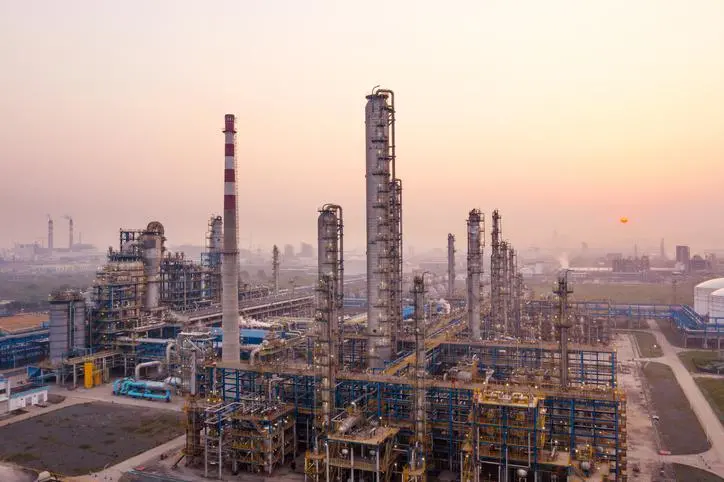PHOTO
Despite a volatile week, crude oil prices remained supported by a number of developments in both supply and demand.
Slow recovery of oil production in the US Gulf Coast, field maintenance in the Caspian, and delayed output increases from other producers are all contributing to a tighter supply outlook.
On the other side of the price equation, the prospect of higher oil demand from China and the approaching winter demand season in the northern hemisphere were also supportive of prices.
News of sustained crude production outages in the Gulf of Mexico following Hurricane Ida will likely keep some 200,000 barrels per day offline until the end of the year and is likely to support crude oil prices in the weeks to come.
The reduced output from the US Gulf Coast has contributed to seven consecutive weeks of declines in US crude stocks, which have reached their lowest point since October 2018, according to the EIA weekly data.
A weaker US dollar and a broader cross-asset market rally have also been supportive of oil prices this week.
On the downside, a strong US dollar and a sell-off in global equity markets due to growing concerns over financial troubles in China’s Evergrande group fueled volatility and limited oil price gains.
China’s move to auction some strategic petroleum reserves helped stabilize prices and prevented them from rising further, but the market appreciates that the volume is not significant for the country.
With market expectations for Brent crude to reach $80 per barrel Brent, all focus is now on the October meeting of OPEC+.
In the US, a rise in output weighed on product markets, as refineries affected by the recent hurricanes came back online. In Europe, weaker regional consumption levels amid lower fuel requirements from outside the region led to weakness on the top and bottom sections of the barrel.
At the same time, a decline in fuel exports, despite healthy consumption levels in India and lower product output in China, led to losses in Asian refining economics.
While we observe robust recovery in road fuels and petchem demand, the ultimate liftoff must come from aviation, which has been the slowest sector to bounce back after the initial COVID-19 blow.
Natural gas spot prices have risen sharply compared with a year ago, caused mainly by freezing weather in the first half of 2021 and supply disruptions, in particular Hurricane Ida in the US Gulf coast, which has further exacerbated tightness in the market in recent weeks.
The hike in gas prices has supported a partial shift from gas usage to alternative fuels. Refineries in Louisiana are slowly coming back online, but with peak autumn maintenance immediately ahead, this is expected to lead to continued oil product market tightness in the US in the coming weeks.
The total liquids overhang is expected to weigh on crude prices in 2022, as the oversupply is just too significant for the crude market to ignore. A healthy dose of downside risk for prices is also warranted as flu season, and potential new COVID-19 variants, approach.
• Mohammed Al-Shatti is a Kuwaiti oil analyst.
Copyright: Arab News © 2021 All rights reserved. Provided by SyndiGate Media Inc. (Syndigate.info).












